
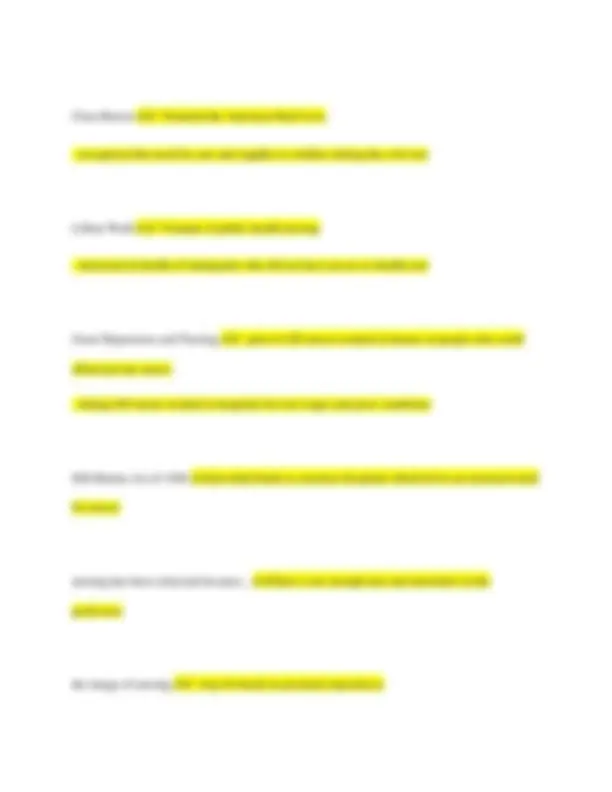
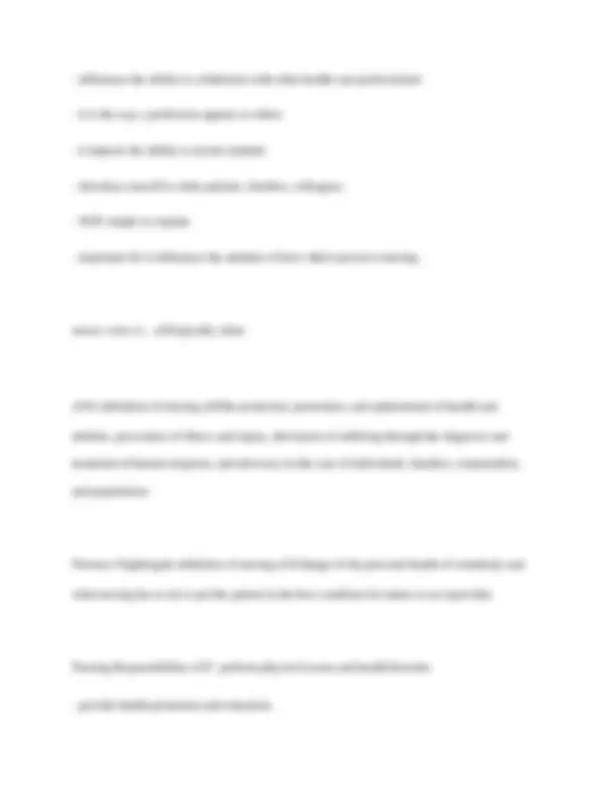
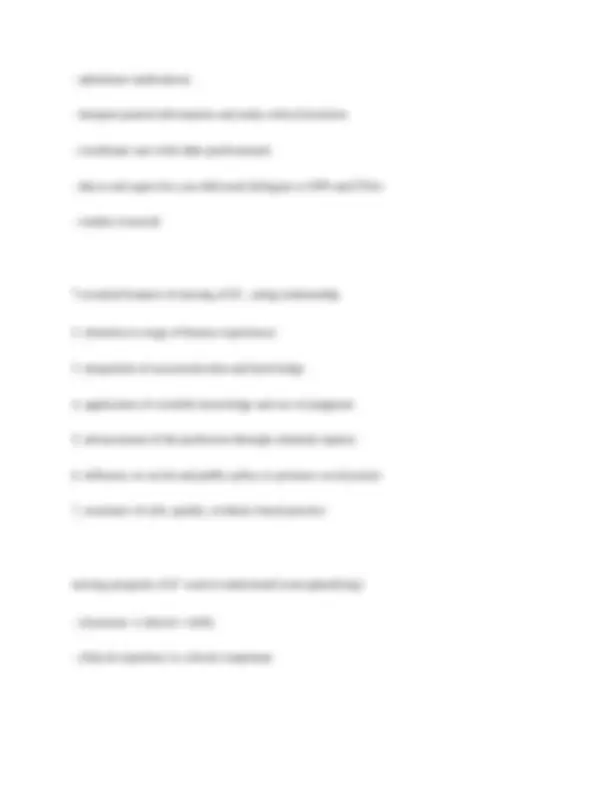
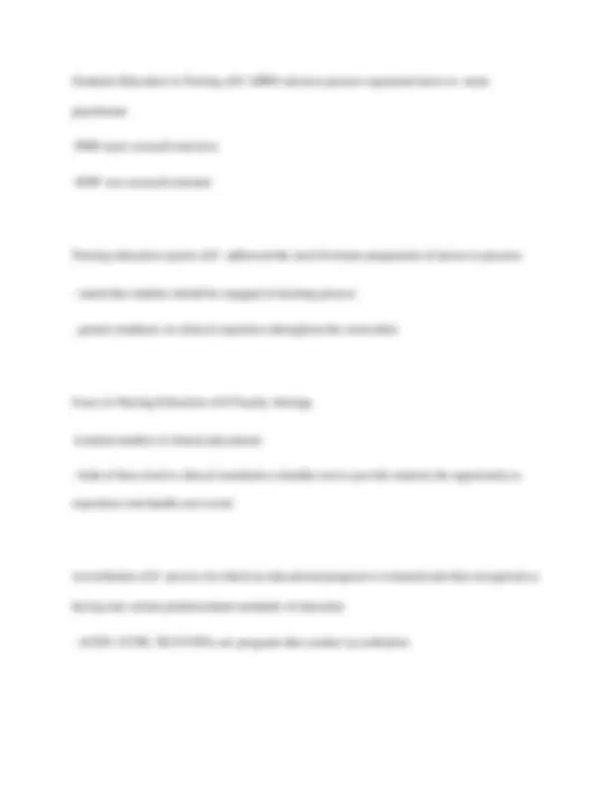
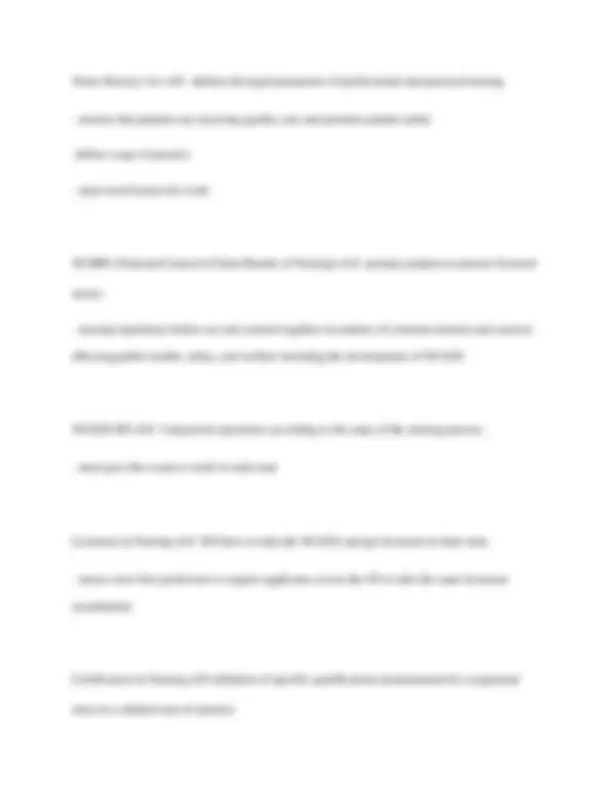
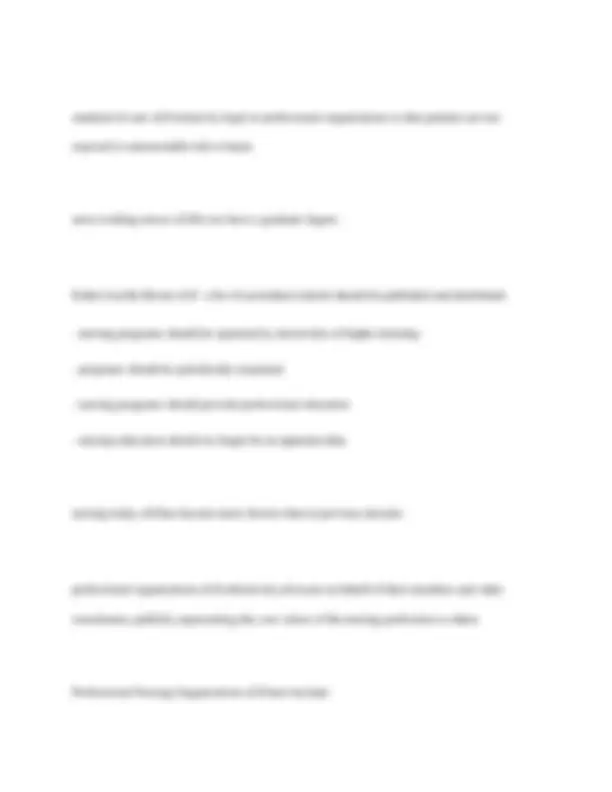
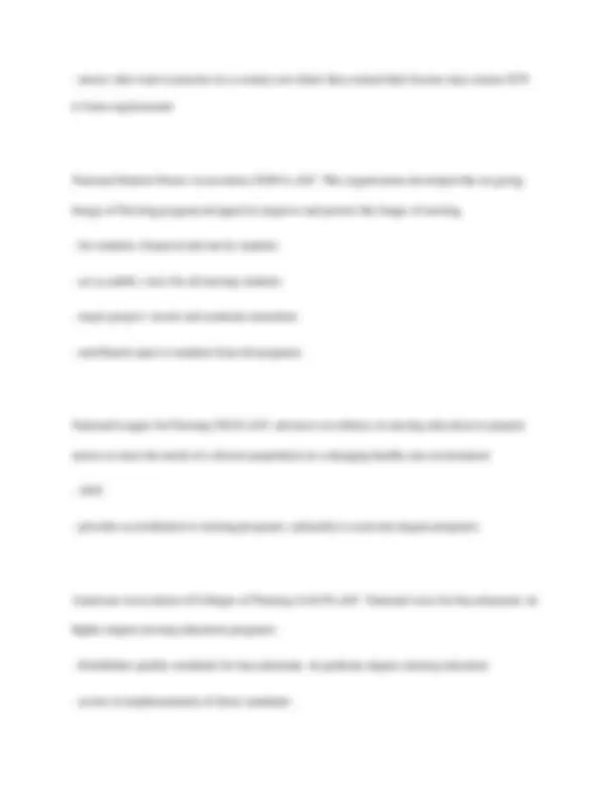
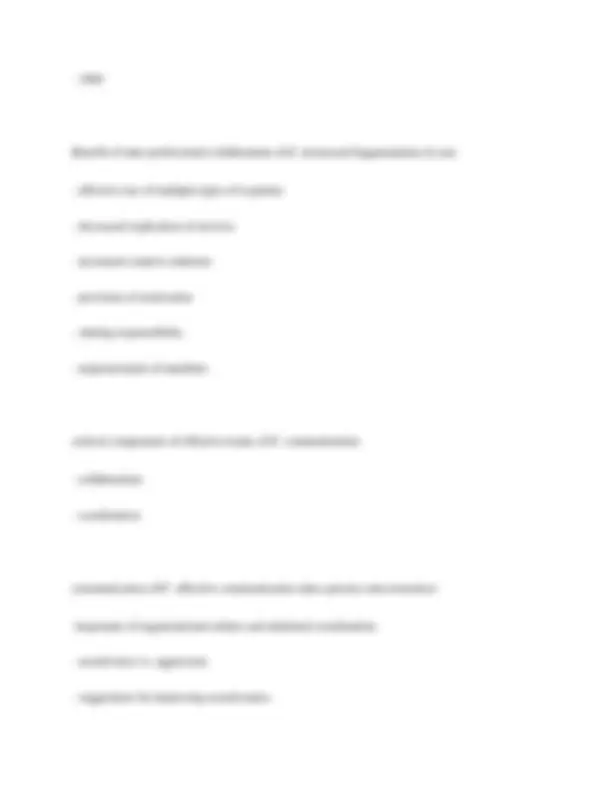
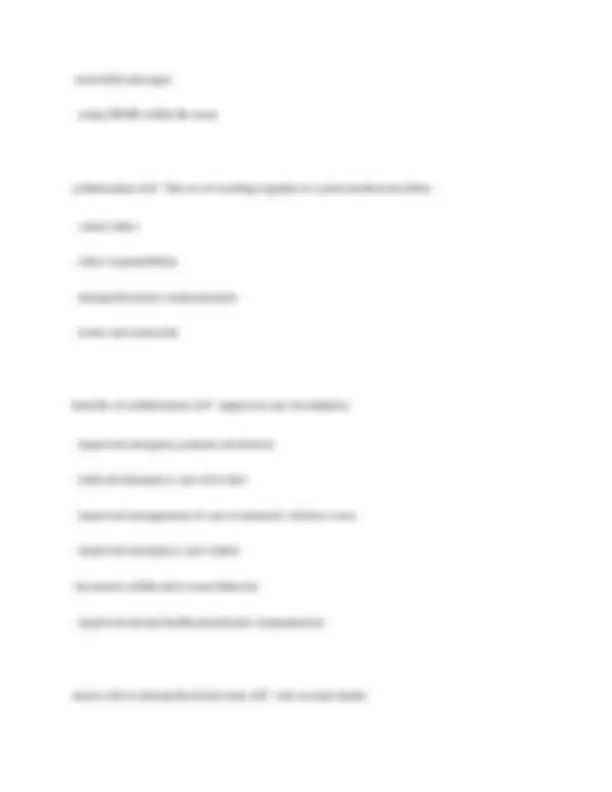
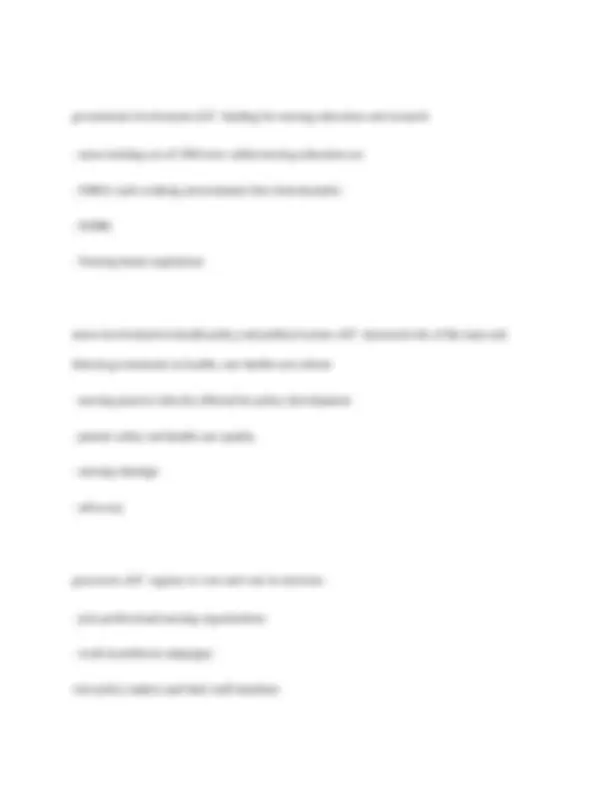
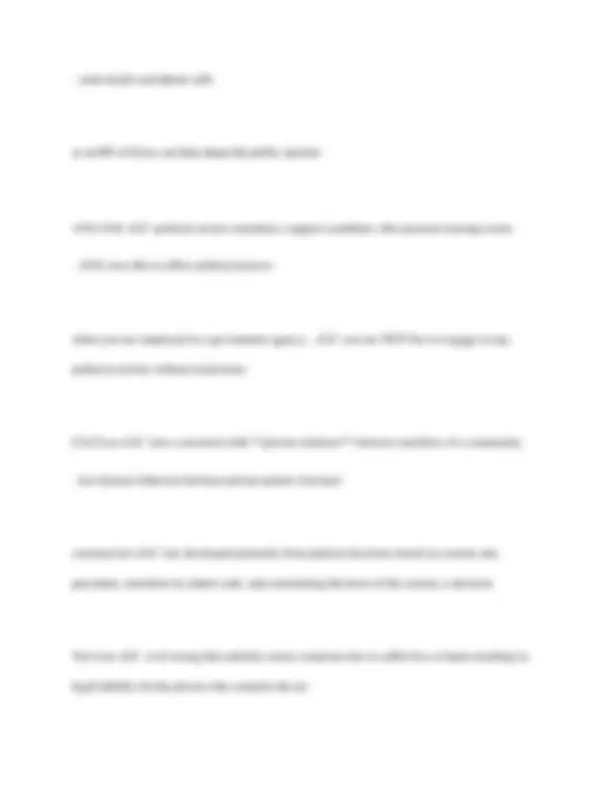
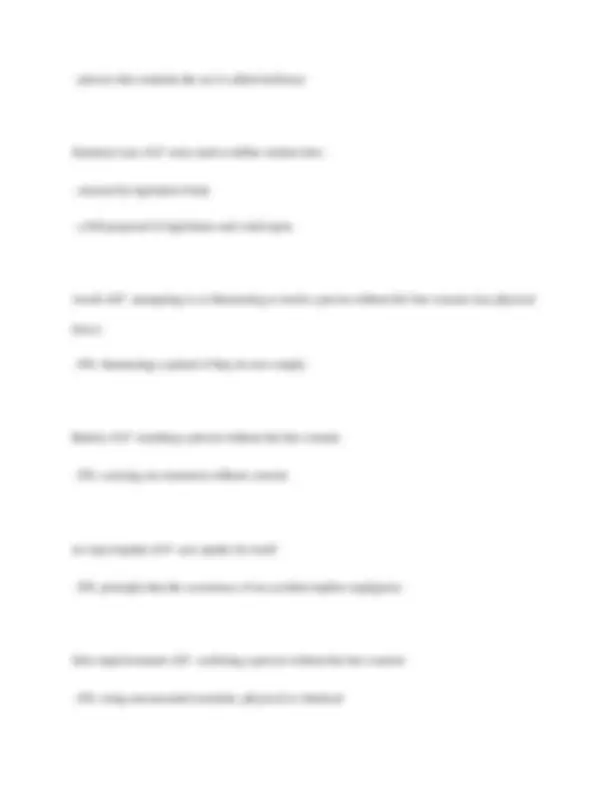
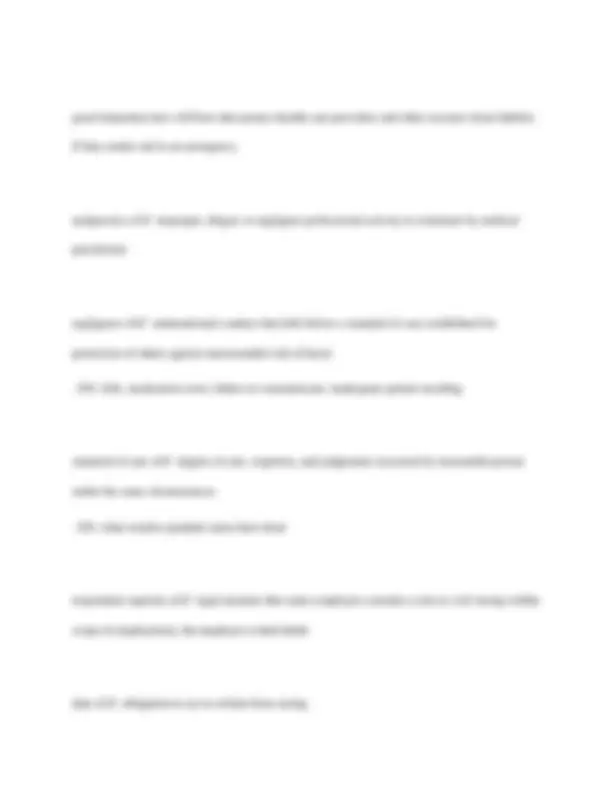
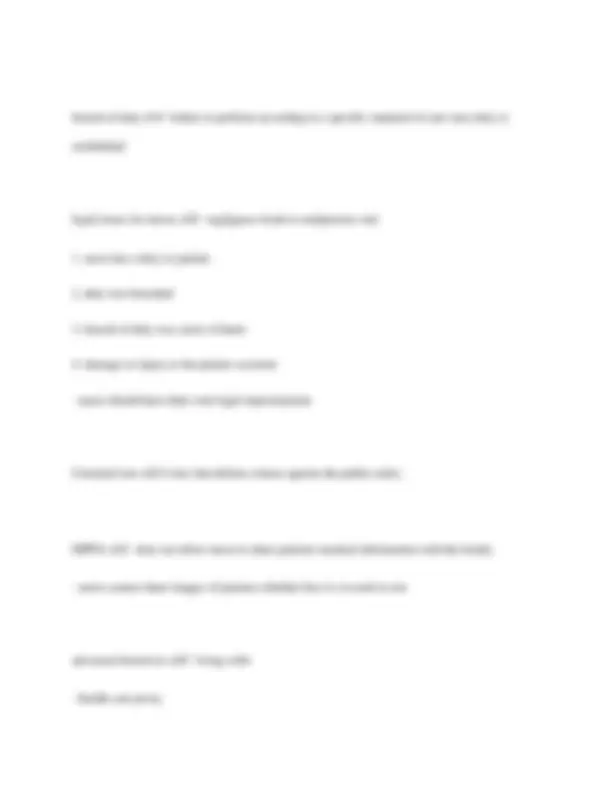
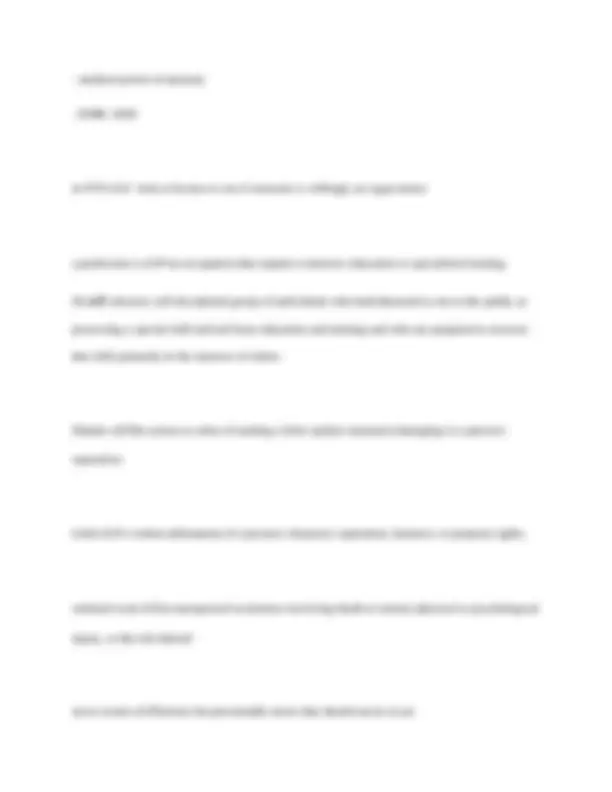
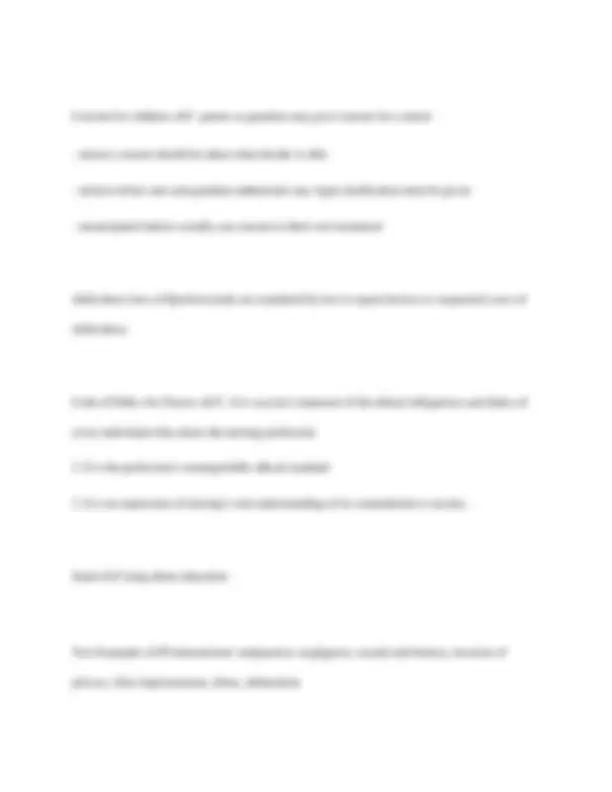
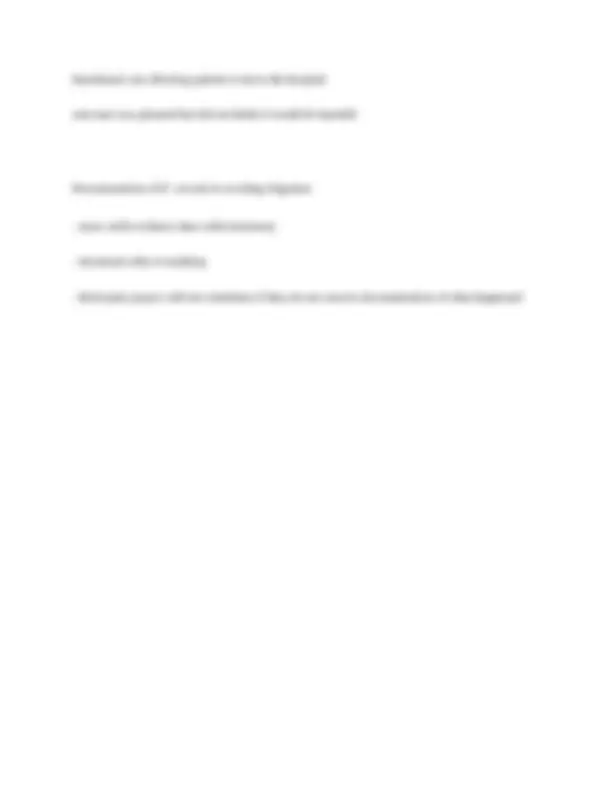


Study with the several resources on Docsity

Earn points by helping other students or get them with a premium plan


Prepare for your exams
Study with the several resources on Docsity

Earn points to download
Earn points by helping other students or get them with a premium plan
Community
Ask the community for help and clear up your study doubts
Discover the best universities in your country according to Docsity users
Free resources
Download our free guides on studying techniques, anxiety management strategies, and thesis advice from Docsity tutors
This comprehensive overview covers key nursing concepts, including the four pillars of nursing, as well as sub-concepts like knowledge, responsibility, and professional role. It delves into nursing definitions, the image of nursing, education programs, and important topics like autonomy, professionalism, and legal considerations. This resource provides a solid foundation for understanding the core principles and responsibilities in the nursing field.
Typology: Exams
1 / 25

This page cannot be seen from the preview
Don't miss anything!


















4 frameworks of nursing ✔✔- valuing
sub- concepts of nursing ✔✔- knowledge
humanity ✔✔unique human being, functioning as an integrated whole, reflecting bio- psycho- socio- spiritual- cultural dimensions
environment ✔✔sum total of all internal and external dimensions that influence human beings
health ✔✔a dynamic state of bio- psycho- spiritual cultural wellbeing
valuing ✔✔hold in high esteem the inherent worth and dignity of all individuals
knowledge ✔✔based on liberal arts and sciences and incorporates humanity/ environment health/ valuing
responsibility/ accountability ✔✔held accountable to maintain standards of practice and adhere to code of ethics
Florence Nightingale ✔✔- Established sanitary nursing care units.
nurses voice is... ✔✔typically silent
ANA definition of nursing ✔✔the protection, promotion, and optimization of health and abilities, prevention of illness and injury, alleviation of suffering through the diagnosis and treatment of human response, and advocacy in the care of individuals, families, communities, and populations
Florence Nightingale definition of nursing ✔✔change of the personal health of somebody and what nursing has to do is put the patient in the best condition for nature to act upon him
Nursing Responsibilities ✔✔- perform physical exams and health histories
7 essential features of nursing ✔✔1. caring relationship
nursing programs ✔✔- need to understand (conceptualizing)
Associate Degree in Nursing ✔✔- Created by Mildred Montag
Baccalaureate Degree in Nursing ✔✔- a degree from a 4-year nursing program in a higher education institution
Graduate Education in Nursing ✔✔-APRN-advance practice registered nurse ex. nurse practitioner
-PHD-more research intensive
-DNP- less research oriented
Nursing education reports ✔✔- addressed the need for better preparation of nurses to practice
Issues in Nursing Education ✔✔-Faculty shortage
-Limited number of clinical placements
Accreditation ✔✔- process by which an educational program is evaluated and then recognized as having met certain predetermined standards of education
standard of care ✔✔written by legal or professional organizations so that patients are not exposed to unreasonable risk or harm.
most working nurses ✔✔do not have a graduate degree
Esther Lucille Brown ✔✔- a list of accredited schools should be published and distributed
nursing today ✔✔has become more diverse then in previous decades
professional organizations ✔✔collectively advocate on behalf of their members and other constituents, publicly representing the core values of the nursing profession to others
Professional Nursing Organizations ✔✔must include:
regulatory matters
professional area
American Nurses Association (ANA) ✔✔- Professional organization that represents all registered nurses.
social policy statement
Social Policy Statement (ANA) ✔✔- It is about the relationship the social contract between the nursing profession and society and their reciprocal expectations
National Student Nurses Association (NSNA) ✔✔- This organization developed the on-going Image of Nursing program designed to improve and protect the image of nursing.
National League for Nursing (NLN) ✔✔- advances excellence in nursing education to prepare nurses to meet the needs of a diverse population in a changing health care environment
American Association of Colleges of Nursing (AACN) ✔✔- National voice for baccalaureate- & higher-degree nursing education programs
Benefit of inter professional collaboration ✔✔- decreased fragmentation of care
critical components of effective teams ✔✔- communication
communication ✔✔- effective communication takes practice and awareness
-important of organizational culture and relational coordination
Politics ✔✔influencing the allocation of resources
policy ✔✔a plan to guide action or decisions
Advocacy ✔✔promoting/ protecting rights, values, access, interests, and equality in health care
public policy ✔✔policy formed by government bodies and the regulations written from the policy
social policy ✔✔policy decisions that are made to promote the welfare of the public
Affordable Care Act ✔✔- example of health policy
state concerns ✔✔- prohibition of mandatory overtime
public health services ✔✔- CDC
as an RN ✔✔you can help shape the public opinion
ANA-PAC ✔✔- political action committee; support candidates who promote nursing issues
when you are employed in a government agency... ✔✔- you are NOT free to engage in any political activity without restrictions
Civil Law ✔✔- laws concerned with private relations between members of a community
common law ✔✔- law developed primarily from judicial decisions based on custom and precedent, unwritten in statute code, and constituting the basis of the system, a decision
Tort Law ✔✔- civil wrong that unfairly causes someone else to suffer loss or harm resulting in legal liability for the person who commits the act
Statutory Law ✔✔- term used to define written laws
Assult ✔✔- attempting to or threatening to touch a person without his/ her consent (use physical force)
Battery ✔✔- touching a person without his/ her consent
res ispa loquitur ✔✔- acts speaks for itself
false imprisionment ✔✔- confining a person without his/ her consent